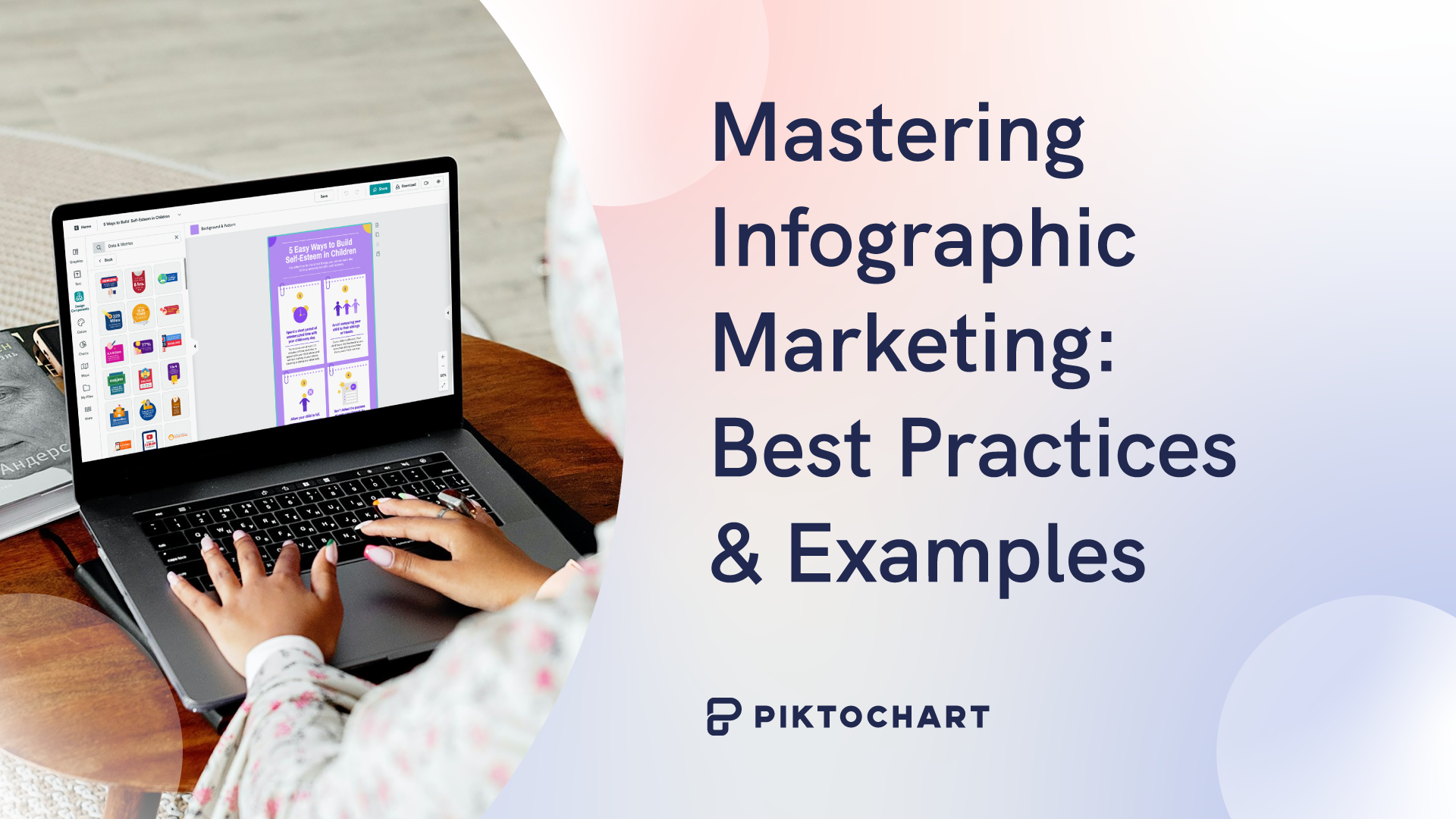
Storytelling has become a good technique for building strong relationships with customers and a booming community of loyalists over time. Business professionals and entrepreneurs cling to stories as a powerful marketing tool to hold people’s attention and influence them into making buying decisions.
In a research conducted by Google in conjunction with CEB Global, it was found that 71% of buyers who see personal value will purchase a product. Stories, being great literary agents that connect with people on a personal level, can be a perfect fit in leveraging businesses’ marketing efforts.
No matter what the plot or context, stories have something in common—they stir emotions. Whether they’re about a tragic event, a fight against the adversary, or a magical journey, they all come down to leaving a message to the viewers.
[irp posts=”12514″ name=”New Theme: 3 New Infographic Templates to Get Your Message Across”]
Christopher Booker, author of The Seven Basic Plots: Why We Tell Stories, said that “there are indeed a small number of plots which are so fundamental to the way we tell stories that it is virtually impossible for any storyteller ever to break away from them.”
These storytelling archetypes are useful in making content marketing more interesting and effective. Let’s take a closer look at five of Booker’s basic plots and see how they can help you persuade customers and generate leads.
Piktochart offers professional templates to create presentations, reports, infographics, social media graphics, posters, brochures, and more. Share beautiful visual stories with eye-catching graphics. Get started for free.
1. Fighting Evil
This is a story plot where an evil force threatens the hero in restoring balance in the world. Referred to as “overcoming the monster” by Booker, it showcases an epic battle between heroes and villains, both aiming for the victory.
It’s common in contemporary films and literature like David and Goliath, Terminator, Beowulf, and Jurassic Park. The story ends with protagonists emerging victorious and monsters facing defeat.
Try incorporating this form of storytelling into your marketing to win your customers’ hearts. The good news is that you don’t need to defeat a physical monster to appear triumphant. Solving abstractions like customer issues and concerns is one of the best applications of this story plot.
To do this, you have to present yourself as the hero who will save them from their troubles. Show them how your product or service benefits them. Compare the merits of your offering to those of the competition. For example, demonstrate how your handheld vacuum cleaner differs from larger counterparts. Focus on its special features such as compact size, light weight, and ease of use.
2. Rags to Riches
Another common setting of a story is the rags to riches archetype. Here, the main character experiences hardships in the beginning and eventually steps into the limelight and attains his or her fullest potential in the end.
The Karate Kid, Cinderella, Pretty Woman, and A Knight’s Tale are among the most well-known rags to riches movies. They all convey an inspirational message that everyone can be successful by just believing and improving oneself.
In marketing, it helps if you produce content that shows how your brand transformed into a major hit. Think of it like a climax of a story, wherein conflict becomes present and solution is seen in the horizon.
Share how your company started as a startup, faced struggles, and eventually began to grow sales and clients in few years’ time. Business storytelling makes people’s emotions run high, which is important in engaging them. Also, highlight some of your client feedback and testimonials to attest your credibility and business reputation.
3. The Journey
The quest or journey narrates a hero going forth into an enchanting land of adventures, obstacles, and rewards. Most of the time, the main character has companions with him on his journey.
Popular examples of this story theme are The Lord of the Rings, The Wizard of Oz, The Hobbit, and Harry Potter. All of these are built into the plot where the protagonist encounters hostile characters and threatening circumstances.
To leverage your content marketing efforts, be like an explorer who is adventurous, brave, and ready to face challenges. Influence your audience by allowing them to discover satisfaction with your brand. Be there for them before, during, and after purchase. Keep the communication alive to ensure you deliver the best customer experience.
[irp posts=”12942″ name=”Infographic Layout: Storytelling With Roadmaps”]
4. Tragedy
Of all the storytelling archetypes, tragedy is the only plot that ends in an awful way. The character faces tragic events like defeat or (sometimes) death.
Some movies with tragic plotlines are Titanic, Romeo and Juliet, Gladiator, and Hamlet. These stories all take a tragic turn, which is far from the glorious feeling of victory and happiness.
In the marketing world, customers also go through difficult times. Sometimes, they’re torn between whether or not a product is useful for them or worth their money. You won’t want to place yourself in the same sticky situation, try to anticipate possible customer concerns and make sure you can present a solution.
5. Voyage and Return
Like the quest, the voyage and return is also based on a journey. However, this story plot sends the hero out from his normal world into somewhere unfamiliar, where he or she will eventually need to escape to find his or her way back home.
Alice in Wonderland, Back to the Future, and The Chronicles of Narnia are a few of the stories with a journey-like plot. Movies of this type have turning points from normality to dreamy fascination or startling nightmare, as well as thrilling escape and return.
If you want to take your marketing efforts to the next level, borrow some ideas from this storytelling archetype. Take your customers to another world by showcasing your product or service in a different way. Since people nowadays are spending more time online, it’s ideal to promote digital and interactive content like blog posts, whitepapers, videos, and infographics. Adhere to trends like this to capture your audience and keep them coming back for more.
Try it yourself!

The art of storytelling isn’t only useful in producing exceptional films and movies. Using stories in your marketing and advertising can also give you the edge in selling to your target market. Try out these tips by signing up for free and selecting an infographic from the template gallery.
Let Christopher Booker’s storytelling archetypes help you map out an effective marketing strategy for increased leads and traffic.
- Overcoming the monster. Use this victory-themed storytelling to stand out from the competition. Present yourself as a hero who will save customers from all their troubles.
- Rags to riches. Show people how you surpassed all the life challenges and how they helped you succeed in your field.
- The quest. Bring your audience in a journey they will never forget. Ensure quality communication is kept from the beginning till end.
- The tragedy. Keep people away from frustrating and troublesome experiences. Present a solution to any of their problems.
- Voyage and return. Leave your customers in awe by taking them to a different world. Find creative ways to showcase your product successfully.
Choose among the five story plots or mix and match types according to your marketing message.
Try applying these archetypes and brace yourself for a delightful and triumphant business journey!
[irp posts=”12632″ name=”How To Transform Text Into Compelling Images That Tell A Story”]
Experiment with your creativity and imagination in Piktochart. Customize almost every element of a template. Pick a template or start from scratch with a blank template. Add icons, illustrations and images. Export and share the visual through various marketing channels! Get started for free.



